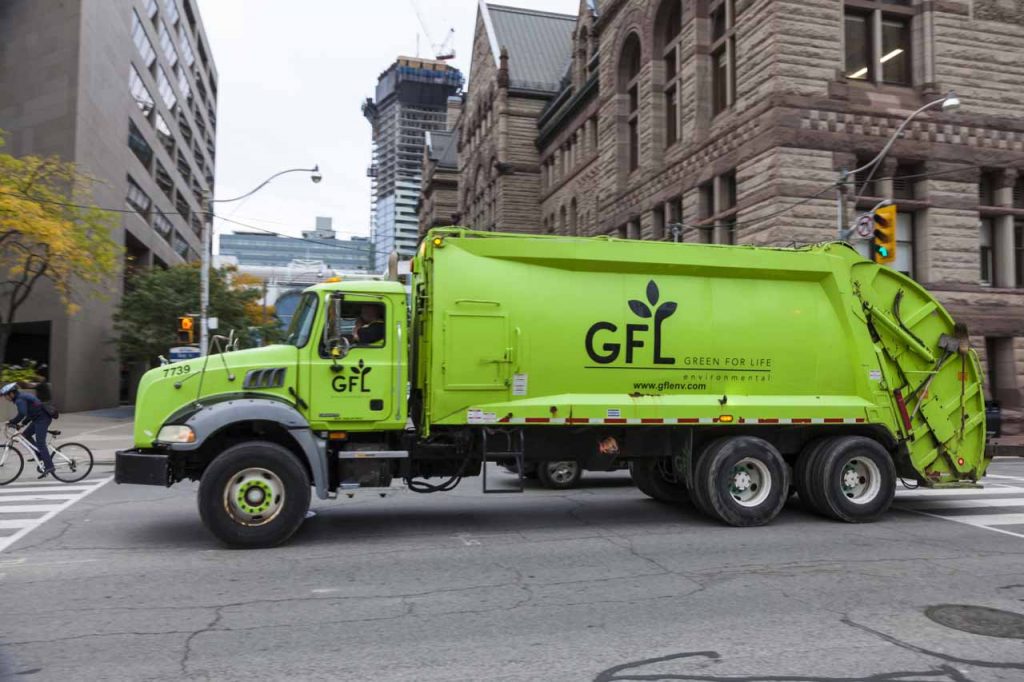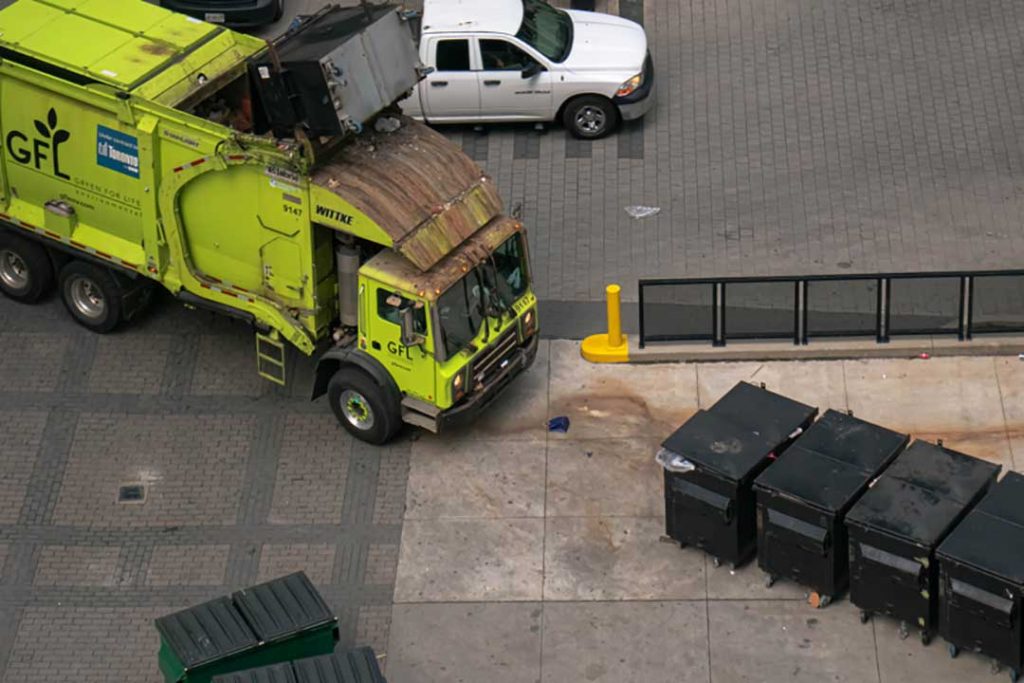
GFL is the fourth-largest publicly traded residential waste and recyclables hauler in North America, when measured by total revenue. | Advantage Photography/Shutterstock
Materials recovery facilities in Missouri and Texas will change hands as part of GFL Environmental’s acquisition of WCA Waste Corporation.



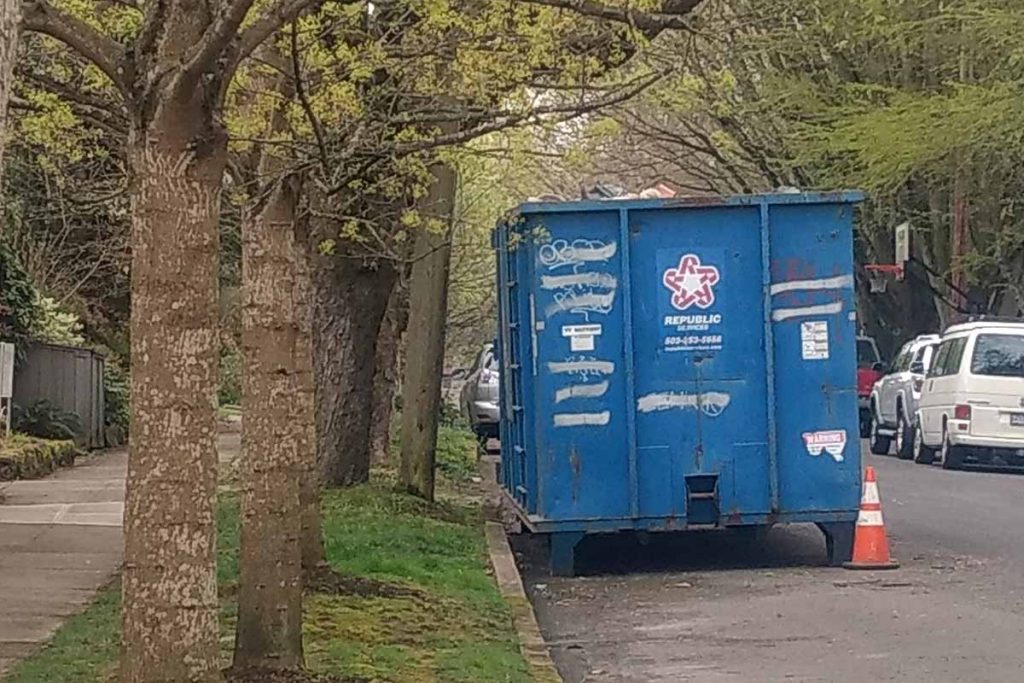
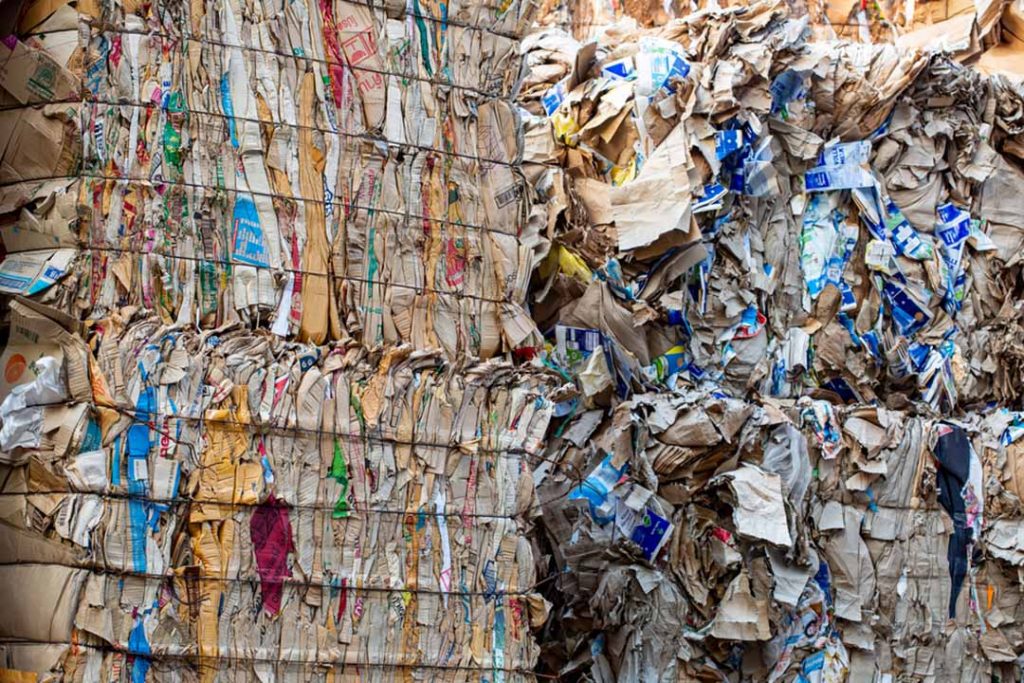

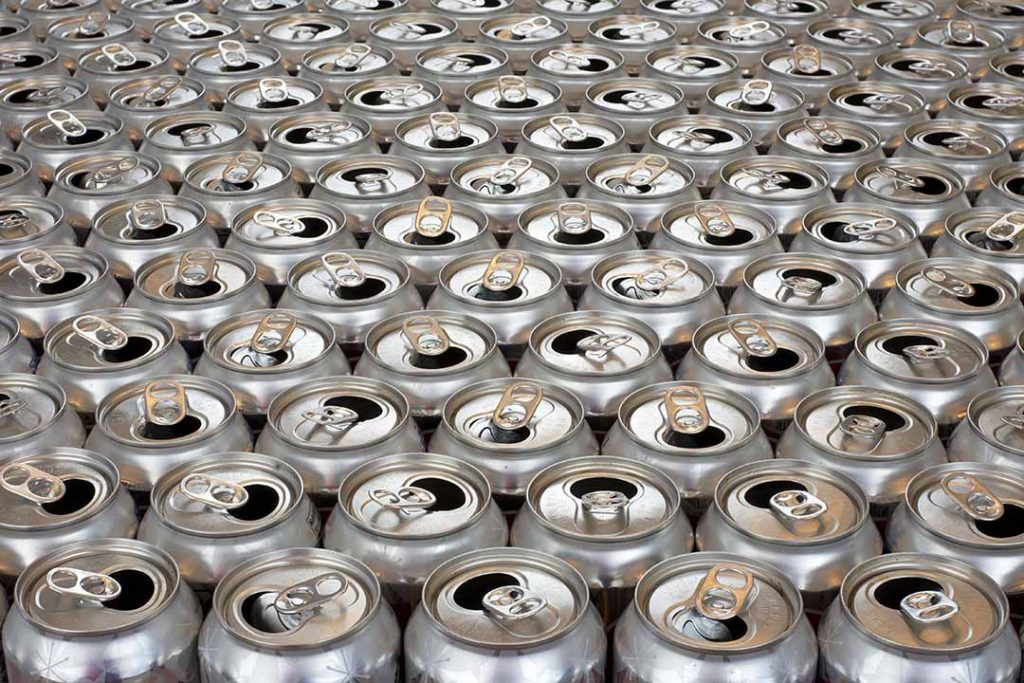
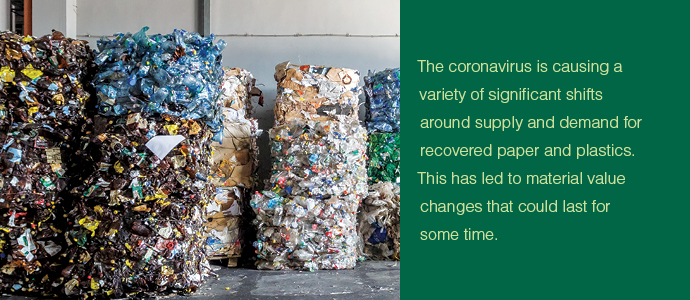
 The price of recovered corrugated fiber has taken another significant dive this month, but mixed paper is holding relatively steady.
The price of recovered corrugated fiber has taken another significant dive this month, but mixed paper is holding relatively steady.